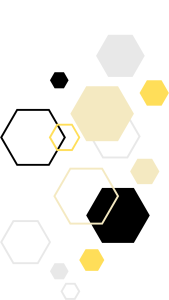How can we know so much about gender-based violence – its prevalence, its causes, strategies for prevention, early intervention and response – yet continue to live with the devastating loss of one woman a week because of intimate partner violence, while many more suffer pain, distress, fear and loss of autonomy in their daily lives?
Can the answer to this question be found in the ingrained misogynistic attitudes, disguised as social norms, permeating everything from popular media to public political discourse to the workplace and school yard?
Is it because we live in a cultural milieu which values privilege and power over care and social equity? In which the intersecting factors which deepen and exacerbate the impacts of gender-based violence are framed as individual problems, while remaining impossible to solve with individual solutions?
Does the commoditisation of women’s pain and subordination in pornography and the use-for-titillation of rape culture on screen play a role in normalising gender-based violence?
Perhaps it is due to the lingering legacy within our governing structures, institutions and judicial system, leftover and never fully dismantled, from a time when women’s bodies and minds were valued less by official sanction – and all the more so if they were the bodies and minds of women of colour, women with disability or women belonging to the LGBTIQA+ community.
Or can we identify the continuing specter of gendered violence as a product of gender inequity – inequity in pay, inequity in leadership, inequity in the roles considered appropriate in the home?
It is likely that the answer to this question lies in all of these factors.
The elimination of gender-based violence requires a collective effort. Structural and systemic change must go hand in hand with social and cultural change. We must hold our politicians, institutions, media outlets, community organisations, corporations, law enforcement, our coworkers, friends, families and ourselves responsible for prioritising this change.
When raising awareness around gender-based violence, we must not merely reveal the statistics – we must personalise and highlight the human cost and center the voices of victim-survivors.
We must demonstrate the links between social inequity, discrimination and intergenerational poverty and trauma which creates barriers to addressing gender-based violence. We must stress the importance of gender equality as the most important factor in preventing gender-based violence, while tailoring solutions to consider the interacting factors experienced by diverse communities.
We must promote and nurture healthy masculinities and embrace our boys’ capacity to learn care, respect, consent and mutual independence in relationships. We must empower our girls and gender diverse children to use their voices and know they are valued for who, not what, they are. And when we experience backlash to our efforts for a just and equal world, we must remember that this is exactly why our efforts are needed.
To gain insight into how you can start to turn awareness into action or to register for other free gender equity courses, check out our new online learning platform with four courses tailored for 16 Days of Activism Against Gender-Based Violence:

